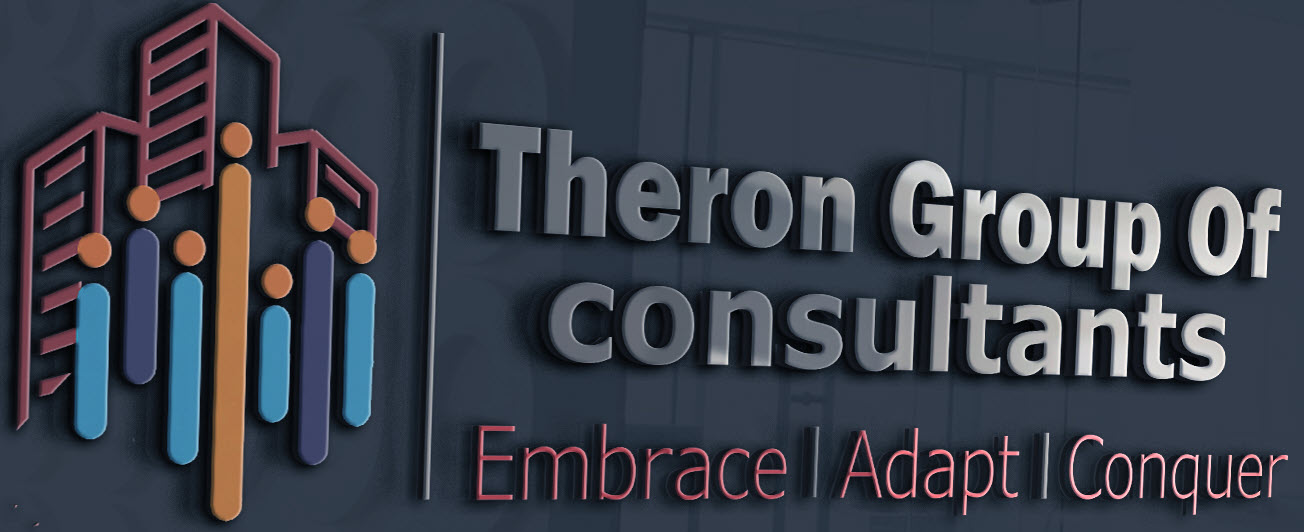Capital Asset Pricing Model
There are two basic functions associated with the CAPM, firstly establishing the correct equilibrium market value of a company’s shares, and calculating the cost of a firm’s equity. CAPM thus acts as an alternate to the dividend valuation model. CAPM splits the total risk of security into the unsystematic risk, which is diversifiable, and the systematic risk which cannot be diversified. CAPM is concerned with how systematic risk is measured and how systematic risk affects required returns and share prices. The beta factor is used to measure systematic risk.
CAPM is based on the following assumptions. CAPM assumes that:
- Investors are rational and require a greater return for taking greater risks, empirical evidence supports this.
- Individuals’ investors can diversify away from the unsystematic risk efficiently,
- The borrowing costs are equal to the lending costs,
- There are no transaction costs,
- There are market imperfections,
- They are no risk of insolvency,
- Homogenous expectations,
- There is no inflation,
- No taxation,
Question: Which assumptions of the CAPM may not hold true in practice?
This question intends to evaluate the validity of the CAPM. Unlike the assumption of CAPM which suggests efficient diversification of unsystematic risk, there are many reasons why the investor may find it difficult to diversify the portfolio. It requires a lot of effort and cost for an investor to manage the portfolio. An investor may not be willing to diversify away from the business they know very well.
Equal lending or borrowing rates assumption is not valid in the real world. Basically, the borrowing rates are much higher than the lending rates. However, the CAPM may be modified to incorporate this to achieve desired results.
The transaction costs assumption of CAPM does not hold true in practice. There are transactions costs incurred when investors change their portfolios.
Solvency assumption does not hold in practice, because a higher level of gearing in a company does increase the risk of insolvency and collapse of the company.
Homogeneous assumption does not hold in practice, because the expectations of the investors vary from one investor to another.
No taxation assumption also does not hold water, because in practice taxation is much more applicable, and thus why shareholders do prefer dividends compared to capital gains which are taxable.
The existence of inflation is another risk in the calculation of the cost of capital. Therefore, the assumption that inflation does not exist does not hold in practice.
